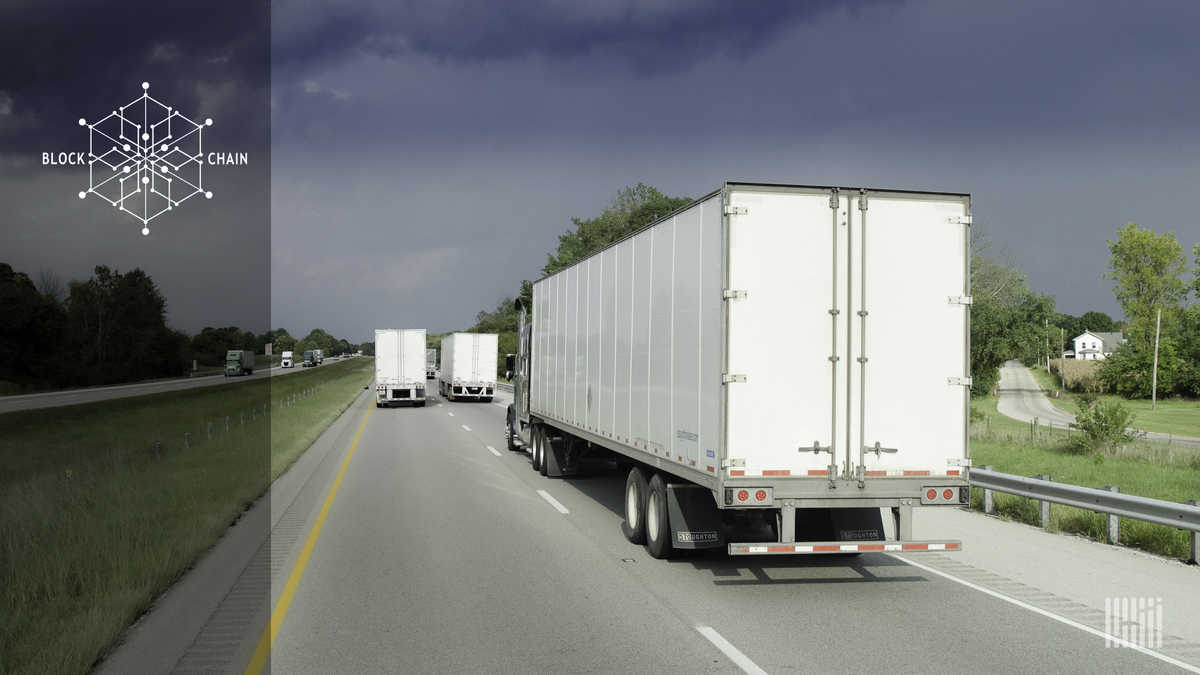While the COVID-19 crisis has led to an abrupt meltdown of major economies, globalization and rapidly evolving consumer behavior ensured the unmitigated expansion of cross-border trade for roughly a decade. Businesses in North America – like retail or electronics – increasingly looked to move their sourcing operations to China and Southeast Asia, due to the abundance of inexpensive labor and cheap production costs.
But while cross-border trade was spurring economic growth, supply chain operations continued banking on conventional processes that included extensive documentation paperwork and Excel sheet ledgers. Aside from being notoriously inefficient and prone to human errors, the ecosystem also lacked visibility and transparency.
Segments within supply chains have traditionally worked in silos, making it hard for stakeholders to trace product movement – both upstream and downstream. For an industry entrenched in conventional methods of working, technology can play a vital role in signaling change. For instance, the digitalization of logistics processes will help alleviate this situation by leveraging data to create visibility and transparency into supply chain operations.
However, global supply chains encompass a diverse set of stakeholders. Take the freight industry, a linchpin segment within any supply chain, for instance. Players associated with the freight market include shippers, freight forwarders, brokers, trucking fleets, container lines, air cargo operators, customs officials, and even governments – making this an extremely complicated space to share data, apart from the lack of trust among the custodians of the data within the value chain.
It is here that blockchain technology can make a difference. Blockchain, in essence, is a decentralized and immutable ledger that can store data securely. Due to decentralization, no single party can make changes without explicit approval from all the stakeholders within the blockchain network. This evokes greater transparency and accountability, traits that have remained elusive within complicated supply chains that have a global footprint.
Over the last couple of years, there has been an explosion in interest in blockchain’s ability to usher visibility into supply chains, with companies announcing pilot blockchain projects and consortiums creating data standards for the technology’s uninhibited growth in the industry. The technology also has its share of detractors and skeptics, who question the feasibility of the blockchain exercise, calling it out to be a fad that cannot gain mainstream relevance.
Blockchain has been a revelation in both highlighting the issues with supply chain opacity and in showing a way to improve the ecosystem by greater collaboration and data sharing among stakeholders in the value chain.
Members Only
You have selected content that's only available to members of FreightWaves Passport. As a member, you gain immediate access to the most in-depth and informative freight research available. It's your gateway to continuing education.
Members also get:
- Access to exclusive community dedicated to discussing the most important challenges facing freight.
- Monthly and Quarterly Freight Market reports keeping you informed of industry trends.
- Much, much more!
Click below to learn more and sign up today!
Subscribe
Existing Passport subscribers may log in using the form below.




